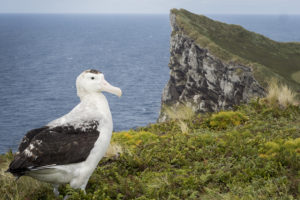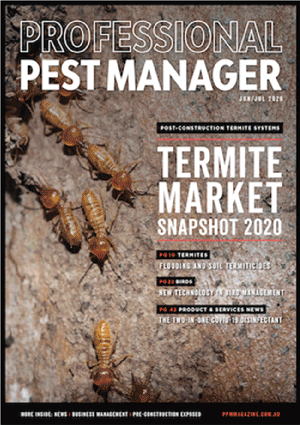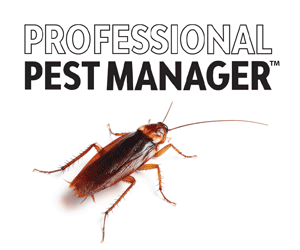An ambitious five-year project has seen a unique World Heritage Site declared free from mice, which were threatening the island’s native flora and fauna.
In 2013 the so-called ‘Million Dollar Mouse’ project – funded by the NZ Department of Conservation, the Morgan Foundation, WWF, and donations from the public – began working to eradicate an estimated 200,000 mice from Antipodes Island in the New Zealand Subantarctic. On 21 March 2018 it was announced that the project had been a resounding success.
Mice: the growing threat
The Antipodes Island group, located 760km south east of New Zealand, covers an area of 2,100 hectares and is a World Heritage Site and nature reserve.
Antipodes Island had a large mouse population of about 200,000 mice, which were preying on invertebrates (bird chicks and eggs) and consuming plant material, including seeds. This predation and competition for resources had altered the biodiversity of the Antipodes islands; mice had already wiped out two taxa of insects from Antipodes Island (an unnamed weta and a large beetle Loxomerus n. sp.). There was also the concern that mice would begin killing large seabird chicks, as was happening on nearby islands.

Aerial baiting solution
The project began in 2013 when a series of bait matrix trials (no rodenticide) were undertaken to track rodent bait consumption and to identify the potential risk to non-target species, notably the endemic parakeet species. The trials found mice consumed 100% of the bait with consumption by non-target animals negligible. The potential impact of actual baiting on non-target species was therefore predicted to be zero.
In June 2016, 65,000kg of rodent bait was aerially distributed using two helicopters that completed two treatments across 2,045 hectares. The bait used was Pestoff Rodent Bait 20R cereal bait, manufactured by Orillion, a state-owned enterprise that manufactures and distributes pest control products in NZ.
These baits contain 0.002% of the anticoagulant brodifacoum and had already demonstrated they could deliver 100% success rate in controlling Mus musculus when bait was applied at the right time (breeding season and weather conditions) and in sufficient volume. Pestoff was named as the bait of choice due to its palatability to the mice and the fact that it would not remain in the environment after the operation was complete.
No more mice
In late February 2018, over 18 months and almost two mice breeding seasons later, the monitoring team and three rodent detection dogs searched the island for four weeks and found no sign of mice. The Antipodes Island was officially declared mouse-free.
Comprehensive monitoring will continue to be carried out in 2018 to ensure the ongoing success of the program and to monitor the impact on birdlife and flora.
“The success of this project was built on the lessons and experience from many other island eradications in New Zealand and abroad,” said Department of Conservation project manager Stephen Horn. “The Subantarctic islands are remote, but the role they play in global conservation as the home for so many unique species can’t be overstated.”

“This is huge news for conservation both in New Zealand and internationally,” added New Zealand minister of conservation, Eugenie Sage. “Special plants and wildlife, including 21 species of breeding seabirds… and more than 150 species of insects… can now thrive with mice no longer preying on the insects or competing with the land birds.”
The Million Dollar Mouse project joins the ranks of other successful rodent eradication programs in New Zealand, including the eradication of cats and rats from Great Mercury Island (2014) and the eradication of eight different mammalian pests (rats, mice, cats and stoats) from Rangitoto Motutapu Islands (2009).



